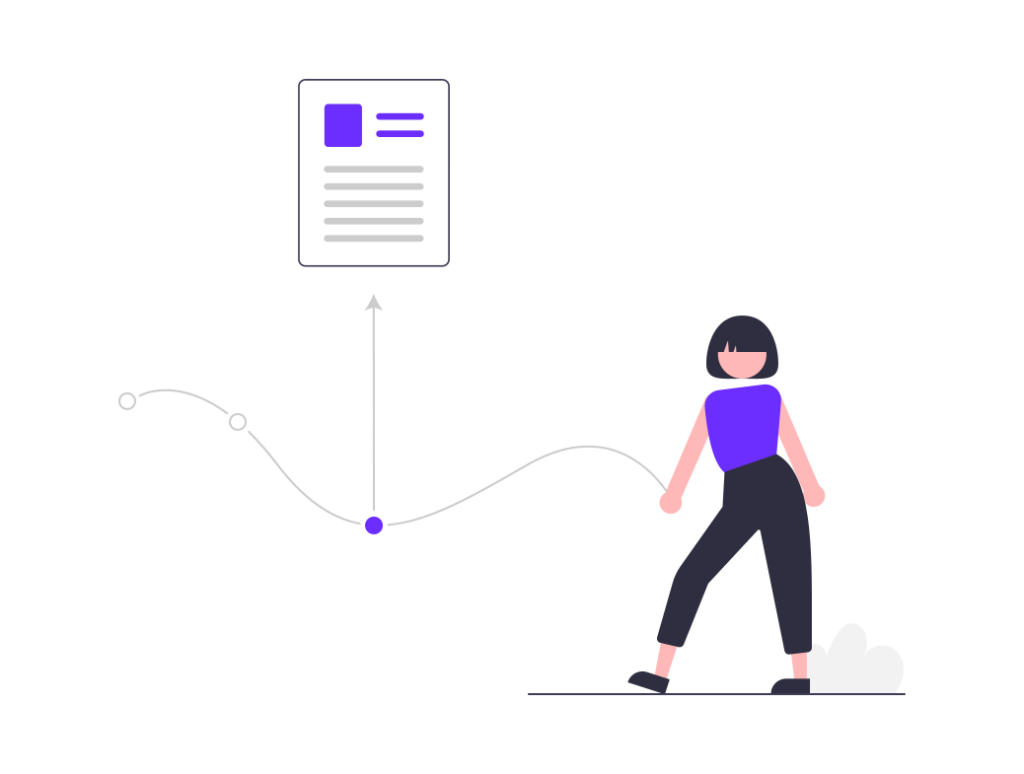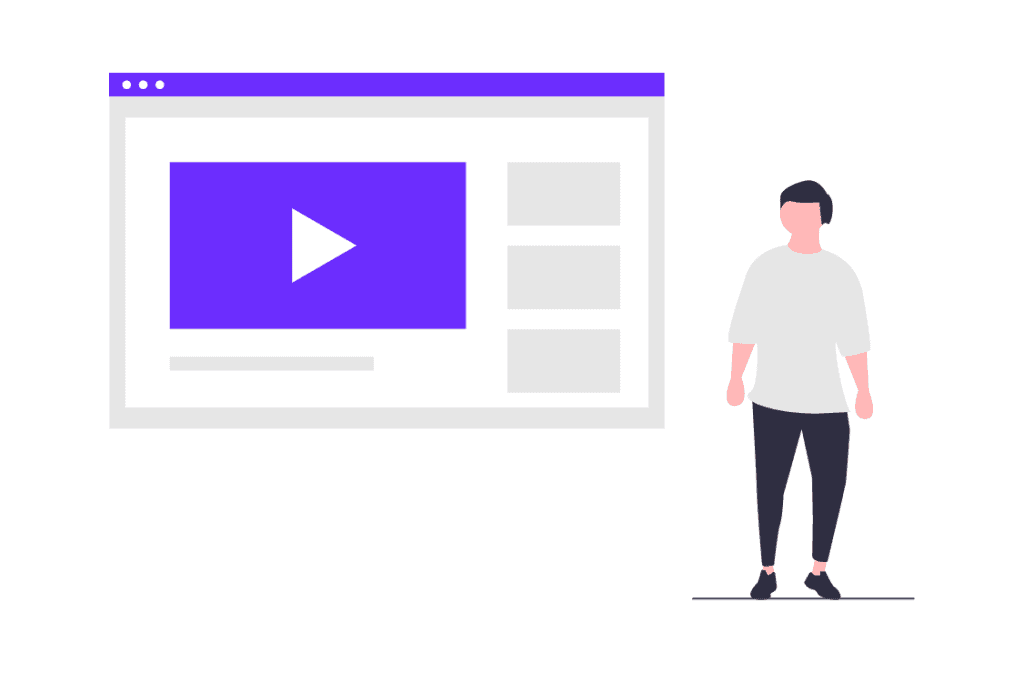Are you looking for the best podcast niches to start a new business?
Podcasts are a great business model since anybody can produce them, and the initial investment is minimum. Moreover, their easy consumption makes them extra appealing in a society with very limited time.
57% of people claimed to have listened to at least one podcast in the US, and 41% are regular consumers.
Together with the current popularity of podcasts, these numbers make podcasts a popular career for many entrepreneurs. However, choosing the right podcast niche is vital. You need to focus on growing trends where competition is not fierce.
In this post, I will show you how to find the right niche for your podcast and a list of the top 10 podcast niches in 2023.
Let’s dive in!
*Disclosure: I only recommend products I would use myself, and all opinions expressed here are my own. This post may contain affiliate links that at no additional cost to you, I may earn a small commission.
what is a podcast niche?
A podcast niche is when you focus on a smaller subsection of a larger market for your podcast. For example, if you were to create a podcast about business tips, business tips for entrepreneurs would be a sub-niche under this category.
By narrowing down a market, you will be able to find areas with fewer competitors. Also, when you choose a niche, your audience is smaller, but they will engage much more with your content and be more likely to share.
After all, one of the most important factors to make money with a podcast is having an engaged audience willing to share your content or buy recommended products. And niche audiences work the best for this purpose.
How To Find Your Podcast Niche
The answer is with niche research.
If you want to find the best podcast niches, you should perform these tasks:
- Analyze the niche market. This will help you find opportunities and potential rising markets. First, you need to make sure the market you want to target is using this platform.
- Check on niche trends. Trends can help you find out what people are interested in over time.
- Study your niche competitors. By studying your competition, you can find out which niches are working and which are not. Also, some niches might have big competitors, so you want to avoid these.
- Target the right audience. Your podcast audience will be determined by the topic you choose. So it is essential you understand who your audience is and whom you are talking to for the most profound connection.
Once you find a niche that fits the requirements above, you will be closer to finding your profitable podcast niche.
It’s also important to choose a niche that you are interested in to stay motivated by creating daily content. The most successful podcasts create content very regularly, so you’ll need to keep the pace.
Lastly, you can find much more information in this niche research hub.
The 10 Best Podcast Niches ideas for 2023.
In this list, you will find some of the most popular and trendy podcast niches that will surely have an audience.

No doubt, cryptocurrencies are one of the most popular niches of the year. The rise of “new riches” with cryptos brings lots of interest from people with different backgrounds united by the idea of making an investment that might change their lives.
And here is where you can fit in; You could create a podcast about tips, news, focused on news on a single crypto coin, etc.
The good news is that since this is a relatively new trend, the competence is not as big as in other niches. However, since this can be a very profitable niche, the competitors are top-notch. So you need to provide something unique for people to come to listen to you.
Lastly, you can observe in the trend below how popular this topic is. So this seems like the right time to create a podcast on this niche.

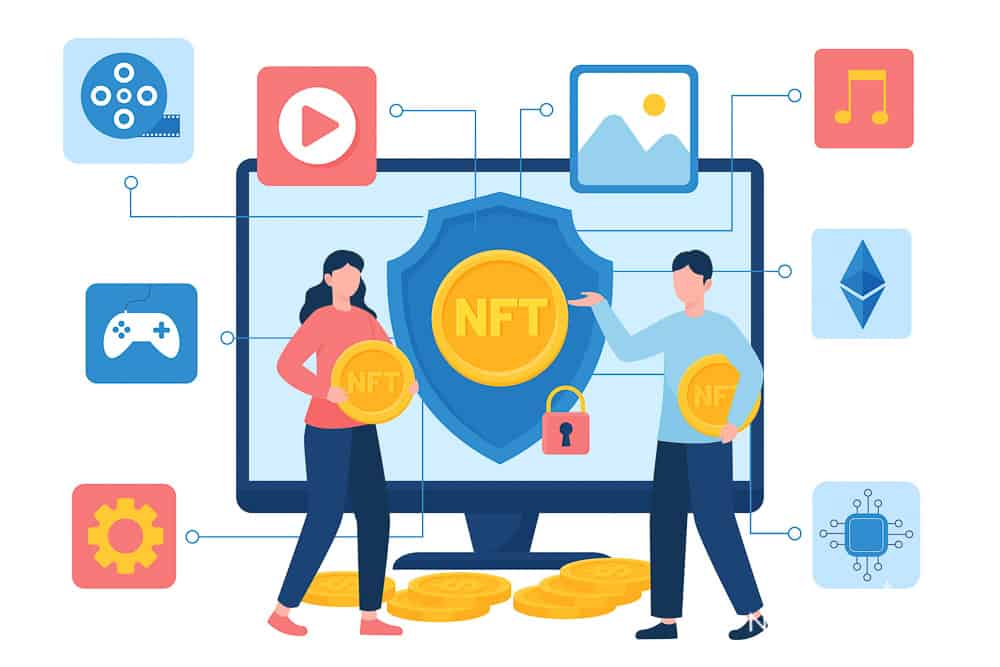
The NFT niche is another of the year’s new trends with massive growth in popularity. Also, NFT marketplace platforms such as OpenSea make it seem easy to earn money with NFT is easy.
Although right now art is the most popular niche in NFTs, the truth is that you can monetize almost anything: from music to videos, gifs, and why not, podcasts!
I’d say the catalog of ideas for NFTs is even bigger than for cryptos. Some ideas could be:
- How to podcast: Create collectibles, become an NFT broker, etc.
- NFT News
- Marketplace reviews and news
Make sure you visit this post with the best NFT niches to find yours.
Lastly, the NFT trend shows us that this is just getting started, with incredible growth by the end of 2021, and will probably keep growing along this year.

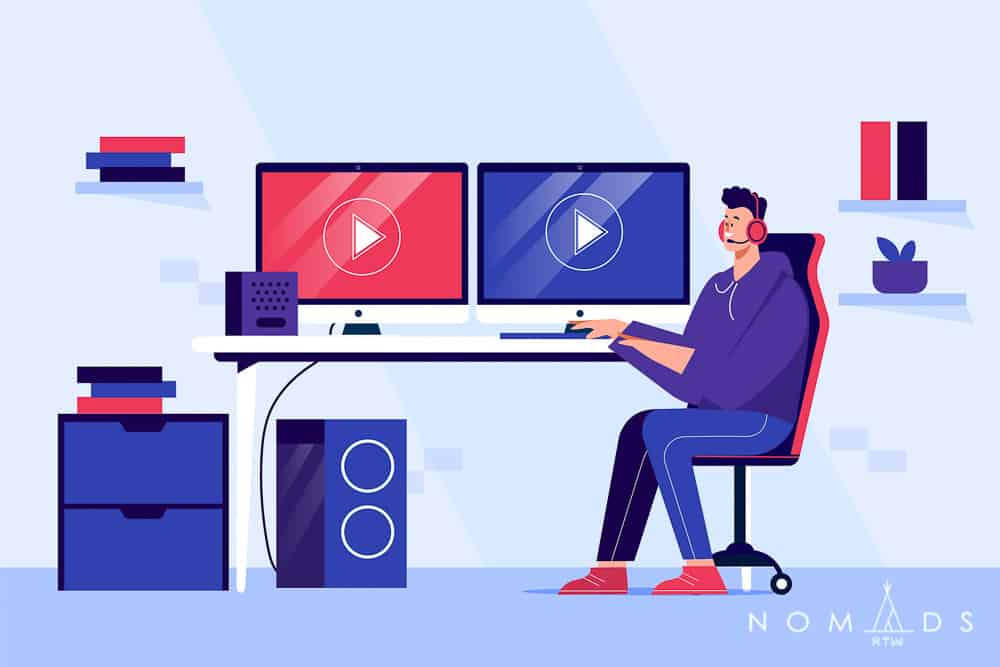
The gaming niche allows many different approaches, making this one of the most versatile niches for podcasts.
If you think about it, having access to a gaming device is easier than ever. And freemium games are one of the most popular choices for users, making them even more accessible worldwide.
We are talking about a huge market here, so the competence can be brutal, as you can imagine. That is why some of the most profitable businesses in this niche focus on a game rather than generic gaming topics.
For instance, you could produce a podcast to discuss anything related to Fortnite (or any other). Or do interviews with famous gamers who already have millions of followers and will be willing to learn more about them.
Lastly, the trend below shows how stable this trend is, with a great amount of interest over time. This makes this niche a solid choice if you can find your target audience and find your micro niche.


We live in the era of entrepreneurship, where more and more people venture into new businesses every day. The internet, social media, blogging platforms, etc., offer unique opportunities to start your own business even if you don’t have experience (or money to invest.)
This is exactly why this podcast idea can make a great niche. Around 30% of millennials own a small business or plan to have one, and lots of people need help scaling it. You could help people find business ideas by tapping into new market trends, teach how to create a business from scratch, offering tips, etc.
Moreover, this niche presents a stable trend. The numbers might not be as high as on others, but neither is the competence, which is a good thing.


Fashion is always a very demanded niche in any business. So if we put together a powerful niche such as fashion with a new one, like sustainability, you get a powerful niche idea.
It is important to go micro-niche in the fashion niche because it is one of the most saturated markets. So if you are relying on SEO for your podcasts, I suggest you use this guide to niche keyword research.
Some ideas in this niche could be:
- Vintage clothes discussions
- How to choose sustainable fashion materials
- Repair your clothes and shoes
- Inform about sustainability in fashion
- Interview fashion influencers
When you see both of the trends together, it really makes sense to create a fashion podcast niche. In addition, the trend is stable, and it is growing, so it looks like a win-win.
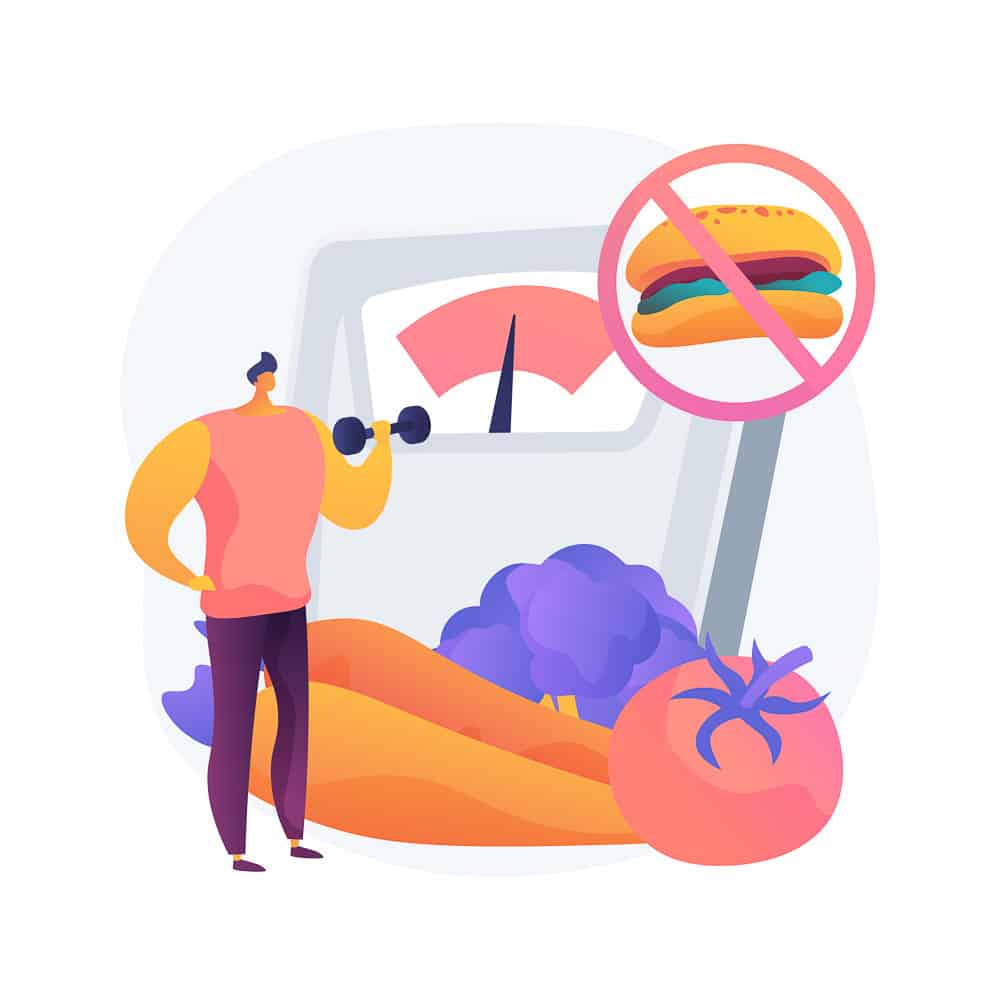
The plant-based diet has experienced one of the most significant growth within the food niche. Their known health benefits and their relation to sustainability are some reasons behind this.
Food will always be an evergreen niche, thus a competitive one. But tapping into trends before your competitors do is vital.
A few years back, the Keto diet was a big boom, but now is the time of plant-based food. So I suggest you do competitor research to find out how they engage with their audience and create something better.
Lastly, you can see that the numbers on both of these trends are promising. So stay creative and provide unique and fresh content to attract your audience.

The travel industry is still recovering from Covid, but if there is something certain, people are willing to travel.
Different studies show that Covid might impact the way we travel in the future. In consequence, some new trends are flourishing in the tourism niche. But if there is something people value the most when traveling, those are experiences.
Travel experiences can make great podcast niches since there are many topics that you can cover, from personal travel experiences to how to experience a place like a local and more.
Lastly, although the trends below show a small decrease due to the impact of the Covid, it is slowly starting to pick up. So this seems like another excellent podcast idea for those travel lovers entrepreneurs.
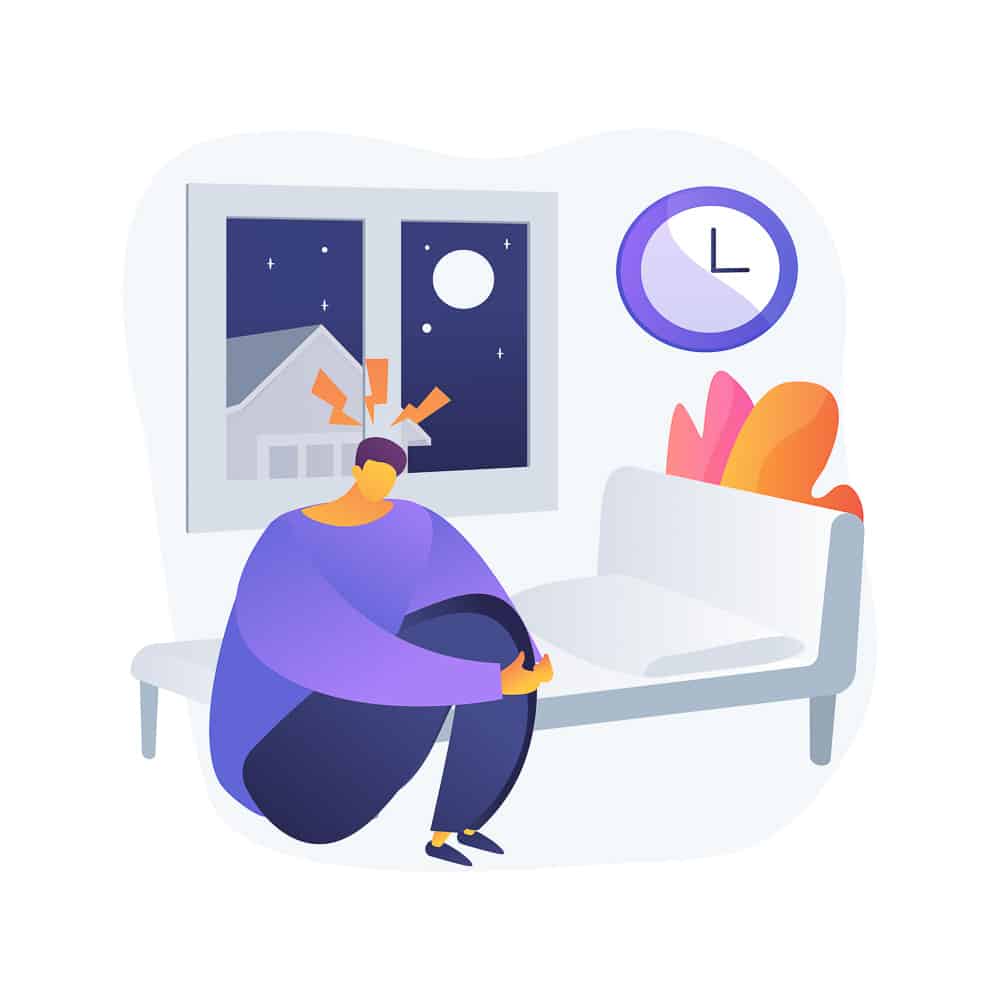
We live in a hectic world, with changes happening more often than ever; technology changes, the way we work, the economy, etc.
This situation can be stressful for many people, and the proof is the increase in the number of people with trouble sleeping. This leads to a new opportunity in the podcast world for meditation, relaxing podcasts, or one of the most popular these last years: bedtime stories podcasts.
There are some good bedtime stories podcasts out there already, and they are doing great. Some of them combine There are some excellent bedtime stories podcasts out there already, and they are doing great. Some of them combine travel stories with relaxation, while others create a peaceful fantasy world. No matter how you do it, as long as you can help to put to sleep your audience.
When you put these two trends together, you realize this can make a great podcast idea with lots of potential.
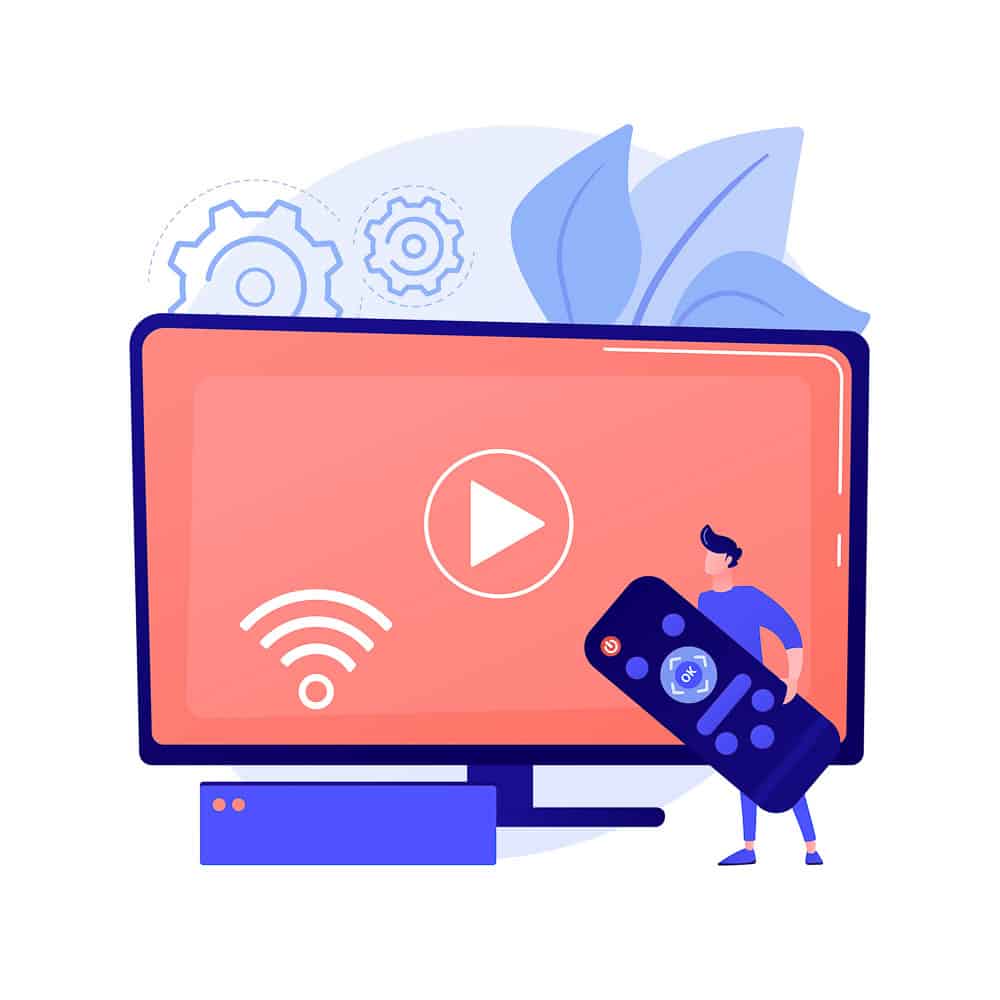
Who does not love TV shows? Exactly, that is my point.
Spoiler TV website ran a poll to learn what people preferred, and 66% of voters said TV shows. With such a big percentage, you can rest assured there will be an audience for your podcast.
Moreover, most TV shows consumers (I am one of them) are constantly looking for reviews and new shows worth watching. So this can be the perfect podcast opportunity, where you could review new TV shows and help people find the best shows out there and point out the ones that are not worth your time.
The trend for this topic is not only stable, but it is also growing in popularity. So this looks like another safe bet for a podcast.


I recently created a pet niche report due to the massive demand I noticed during the last few years. It seems that Covid played a significant part in this, with an enormous increase of people acquiring new pets.
As a result, the dog niche, which was already massive, increased in numbers. This translated into more people with needs for their four-leg pals.
One of the biggest growth was in the dog training niche. And from the podcast perspective, this is one of those podcasts people can easily consume while commuting to work. So if you have experience with dogs, this can make a great podcast niche idea.
Lastly, the trend below clearly shows the increase in popularity of this topic.

You might want to read next:
How to get started with your podcast
The good thing is that you can get started for free in the podcast world without many complications.
The first thing you’ll need is a podcast platform, and the easiest and most popular out there is probably Buzzsprout.
Buzzsprout is hands down the easiest and best way to launch, promote, and track your podcast. Within minutes of finishing your recording, your show can be online and listed in all the major podcast directories (like Apple Podcasts, Spotify, Google Podcasts, and more). This is as simple as it gets, yet powerful.
You can get started with some gear you already have and a quiet space. Then with Buzzsprout, you can do the rest from production to hosting your podcasts and give them exposure on other platforms.
Moreover, if you sign up using any of my links, you will receive a $20 Amazon Gift Card if you upgrade to a paid plan. So you can try it without the risk of losing any money, and in case it works for you, you’ll get your Amazon gift card!
Best Podcast Niches- Conclusion
In conclusion, to find the best podcast niches, you should niche down and look for popular niches amongst your target audience without many competitors.
The list of niches provided in this post has a great balance between popularity and competency. So they could be a great starting point.
In any case, choosing the right niche is just the first step. Next, you need to produce quality podcasts regularly and tailored to your audience. If you can’t keep up with quality content daily, you might struggle to grow your audience. So if you have the budget, you might want to look for help to edit your podcasts while you focus on creating the content. On platforms like Fiverr, you’ll be able to find podcast editors experts that can help you at very affordable prices.
Now it is your turn!
Have you decided on your podcast niche?
Leave a comment with your answer below.
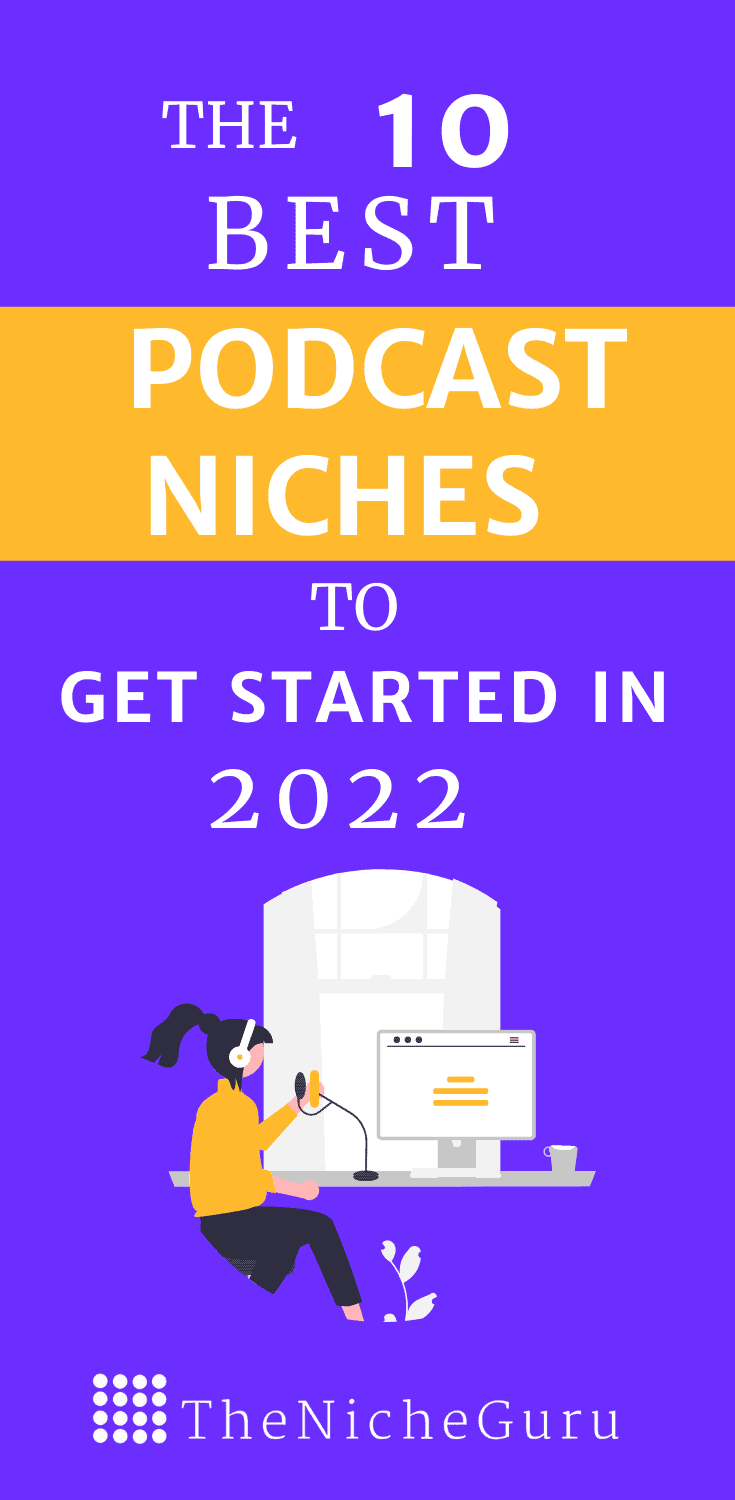
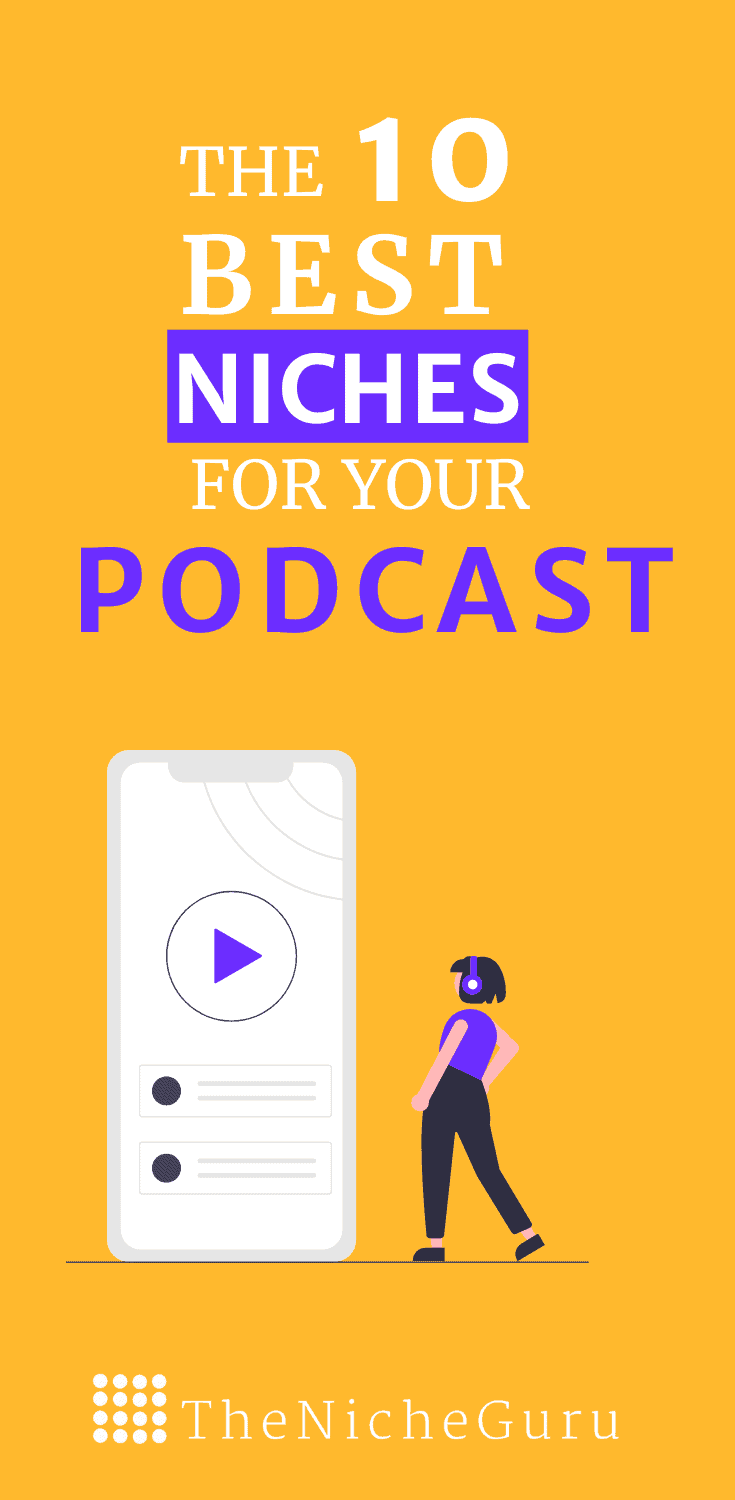
RELATED CONTENT
Niche Selection Guide: Why Pest Control Could Be Your Next Profitable Venture
Choosing the right niche makes a huge difference in attaining long-term success. While some niches…
100 Best TikTok Niches Ideas to go viral in 2025
TikTok is skyrocketing as one of the fastest-growing social networks, offering immense potential for making…
50 Best Youtube Niches With Low Competition to Skyrocket Your Channel
Are you looking for the best Youtube niches with low competition to start a profitable…
10 Best DIY Niches to Launch Your Niche Website in 2025
Finding a DIY niche for your website can be both exciting and profitable. If you…









